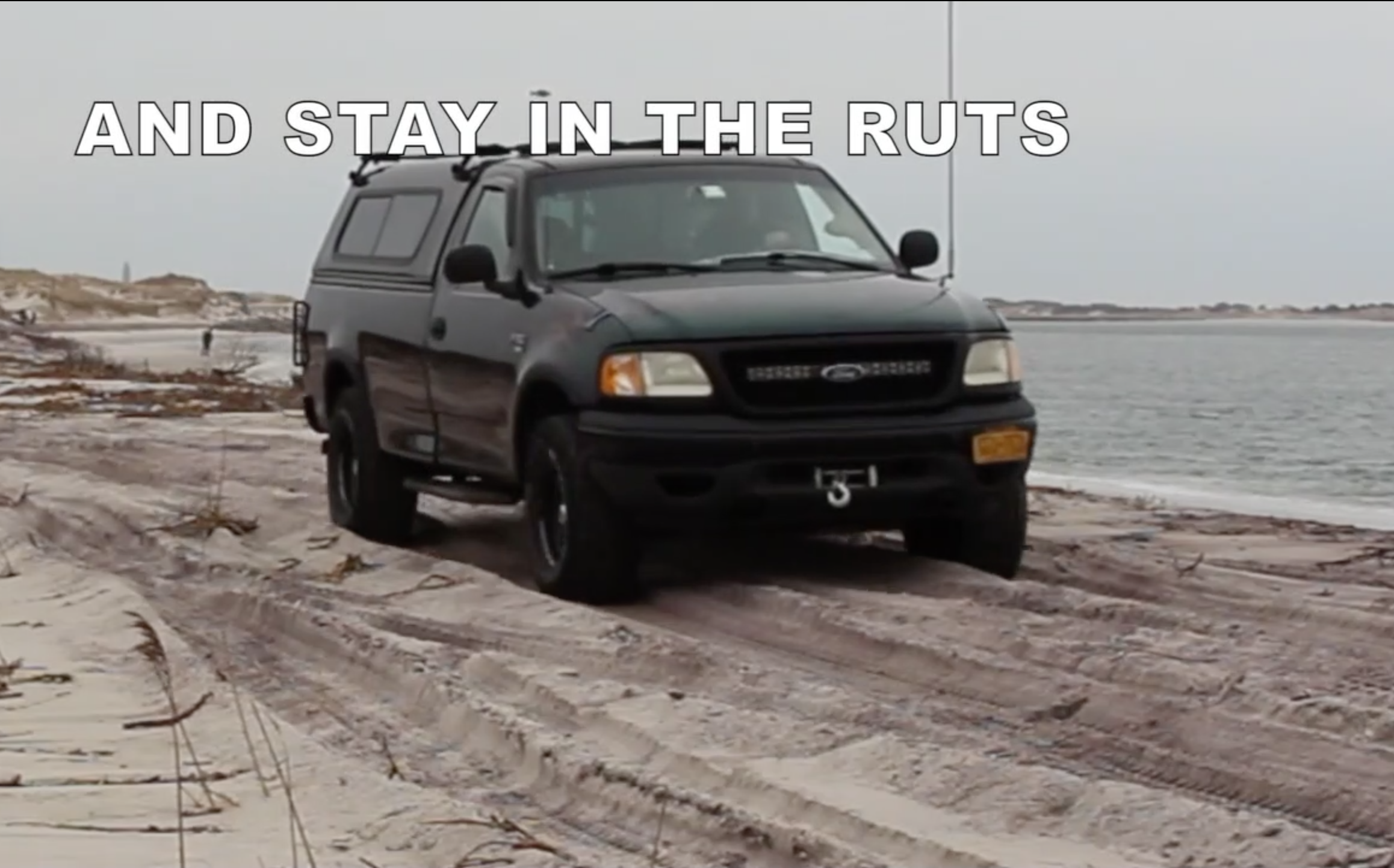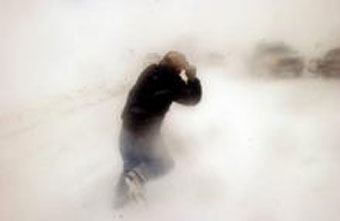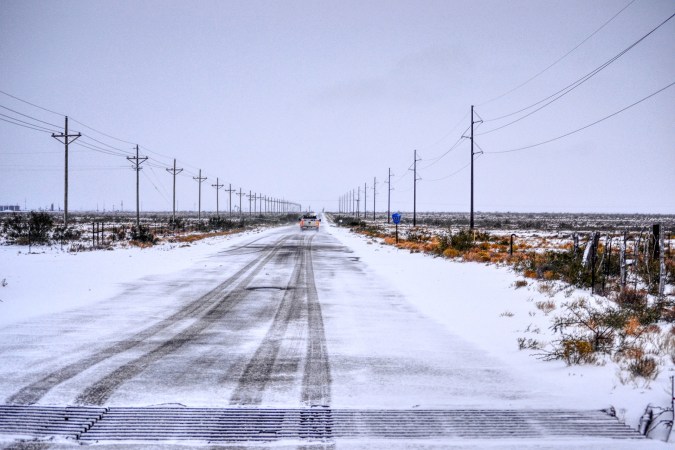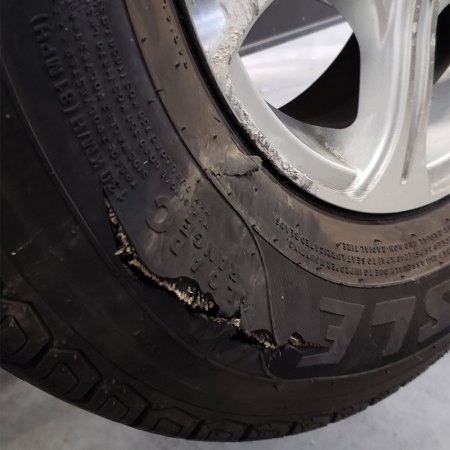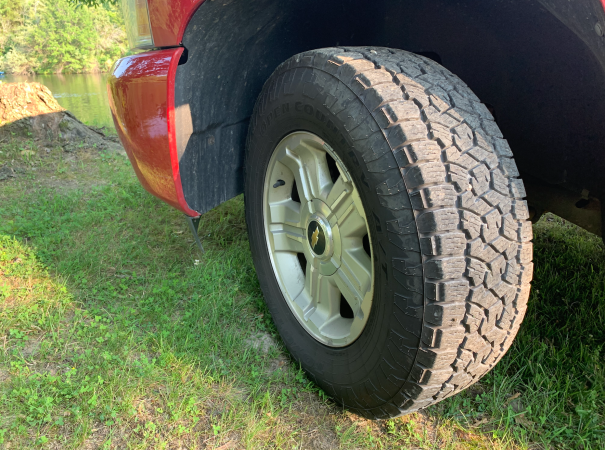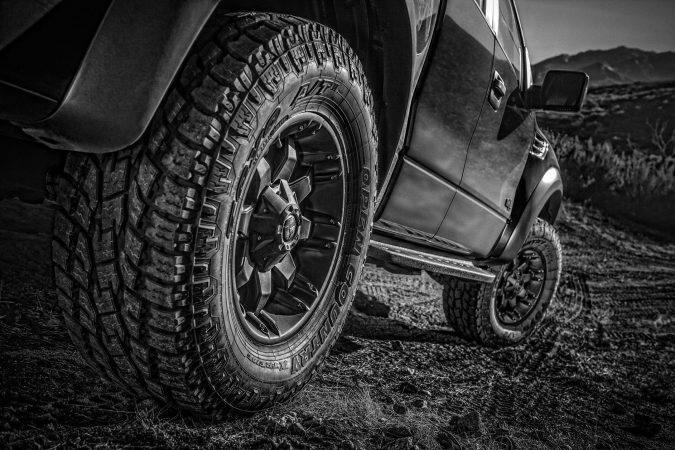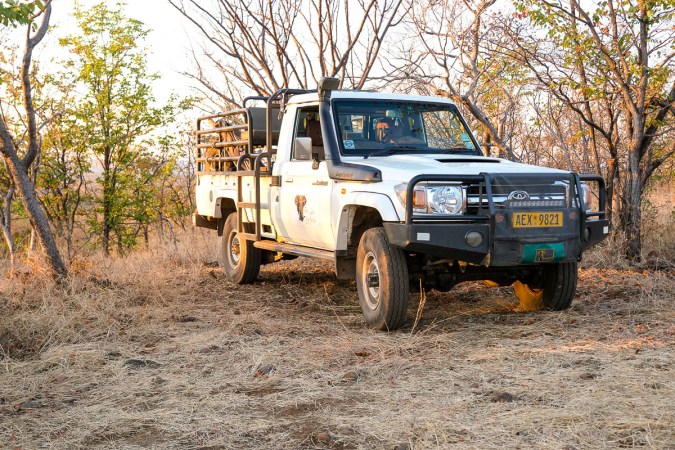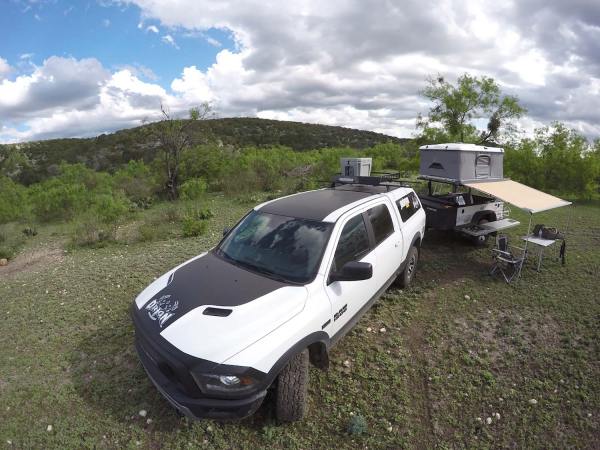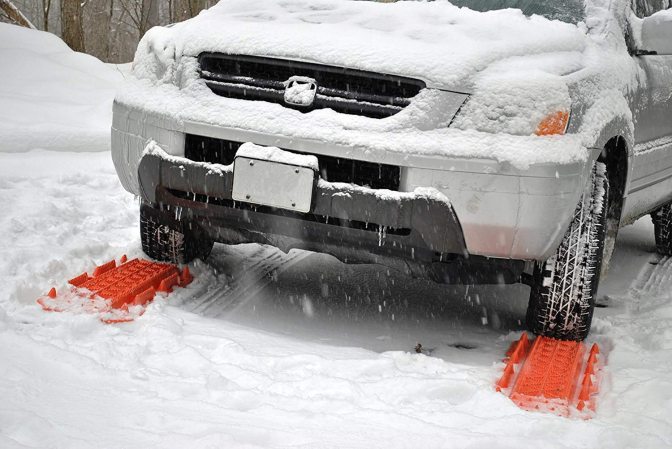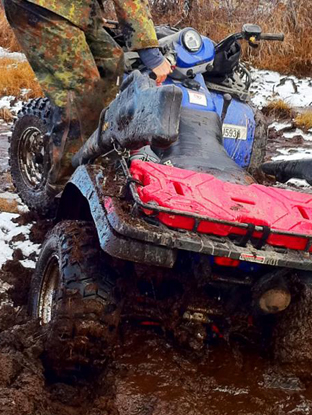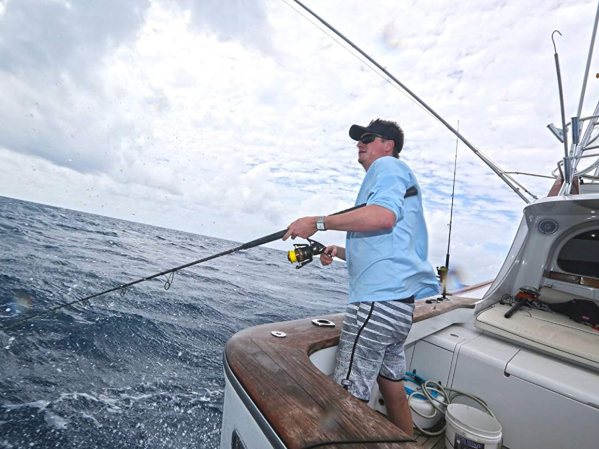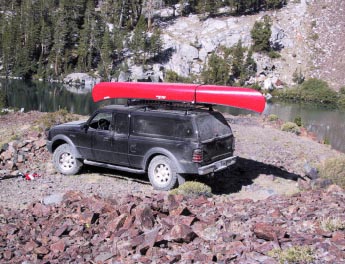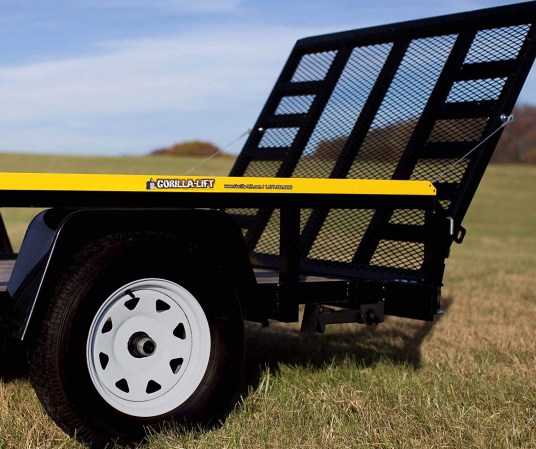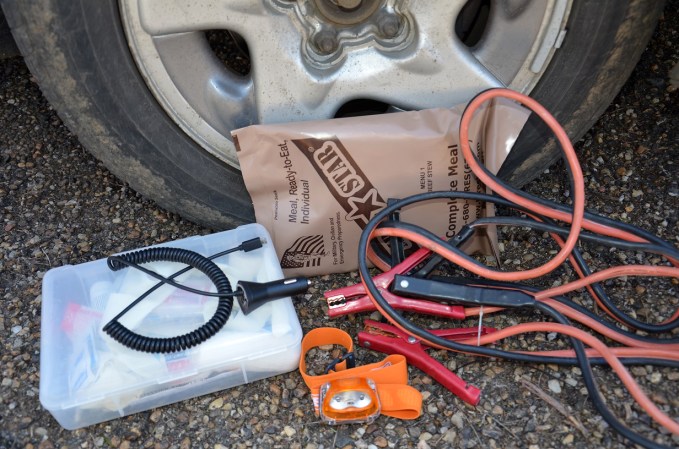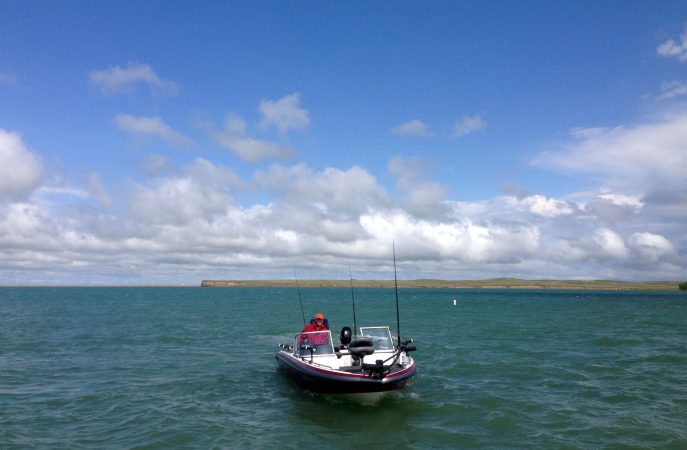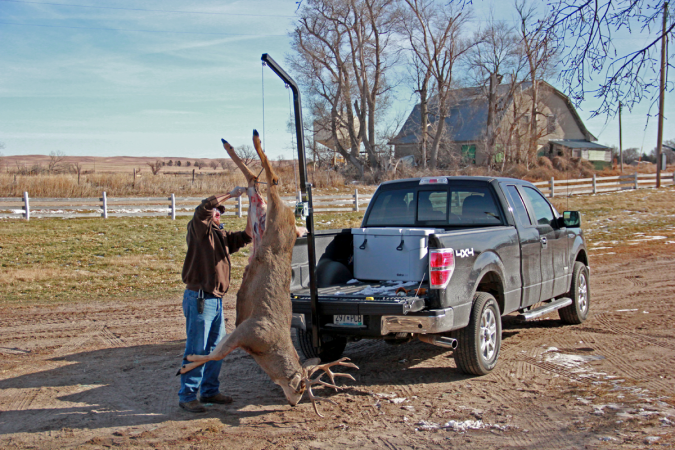We may earn revenue from the products available on this page and participate in affiliate programs. Learn More ›
Surf fishing is an exceptionally rewarding experience. But finding feeding fish along an open expanse of beach means covering lots of ground. Luckily you can drive on many beaches, with the right gear and proper permits. It also takes some know-how to make sure your rig doesn’t become the next piece of structure to grace the sand.
What do you need to pack to drive on the beach?
Tools: Tows off the sand are expensive. Save yourself some money by keeping enough tools onboard to get you back to the blacktop.
Jack and Jack Board: A jack will sink into the sand; a three-foot by two-foot piece of ¾-inch plywood will keep it on top.
Water: Driving slowly on the sand is taxing, and the lack of airflow can lead to overheating. Keep a few gallons of water (potable, so you can drink it in a pinch) on board in case of overheating.
Fire Extinguisher: Rocking your vehicle back and forth is a good way to get it unstuck. It’s also a good way to heat up your transmission fluid enough that it leaks out a vent hole and onto an exhaust system component, causing a fire.
Recovery Gear: Tow straps, chains, shackles, and other means to get your rig going again if you do succumb to the sand. Recovery points front and rear makes it easy on whoever helps you out of the jam.
Emergency Gear: I always have enough supplies to get me through a few nights should the unthinkable happen. This includes tarps, blankets, extra clothes, fire making kit, and plenty of nonperishable food.
Full-Size Shovel: Save the E-tool for latrine duty. A full-size shovel is much easier on your back if you need to dig your rig out.
Traction Aid: Some sort of traction aid goes a long way in getting you out of trouble. Sand ladders, like those carried in the Camel Cup, are great, though lower-cost options such as fiberglass-reinforced grate discarded from an industrial site also works. In a pinch, floor mats can get the job done.
Full-Size Spare: The beach is no place for a donut. A smaller tire will only get you stuck, and possibly damage your four-wheel drive system in the process.
Tire Repair Kit: If you have a compressor in your truck, it is often easier to plug a tire than it is to change it. Practice on some old tires before you go off-road. Spare valve cores are useful because you will lose some if you loosen them to deflate your tires.
How do you prevent burying your truck to the frame in loose sand?
Air down
Lowering tire pressure keeps you floating on top. The reduced air pressure increases your tire’s contact patch and keeps you floating on the sand’s surface. Start at 15 PSI and drop even lower if you start to get stuck. Just don’t go too low as you run the risk of breaking a bead; consider 10 PSI to be lower limit for full-size trucks. You can purchase purpose-made deflators, or loosen the valve cores to let air out.
Shift into Four-Wheel Drive
There are certain situations where you can get away with two-wheel drive, but don’t push your luck. Shift into four-high to start, reserving four-low for when the tires start to spin.
Stay Above the High Tide Line
Time and tide wait for no man, even if that means swallowing your brand new truck. Staying above the tide line means avoiding rising waters if you do get stuck.
Stay in the Ruts
Following a path is a good idea. Odds are good that if they didn’t get stuck you won’t either. And if they did, you will probably see some indication of it, serving as a warning of soft spots. Staying in others’ tracks also minimizes wear on the beach, which is always subject to erosion.
Air Up
Before traveling at highway speeds, be sure to fill your tires back up.
